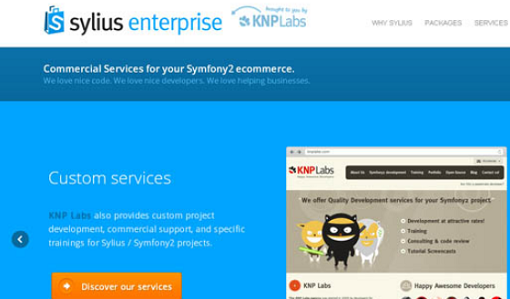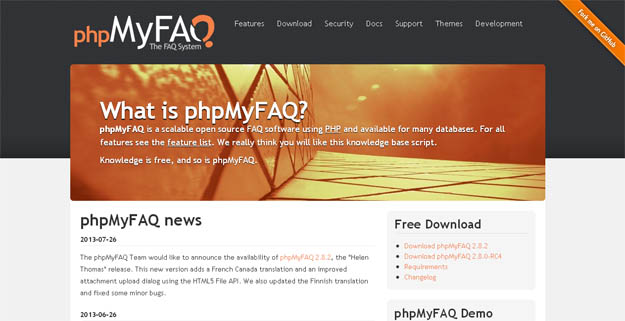PHP and MySQL combine to be an easy yet powerful way to create dynamic web pages that actually interact with your visitors. HTML can create useful and well formatted web pages. With the addition of PHP and MySQL you can collect data from your users, create specific content on the fly, and do many other things that HTML alone can’t do.
The beauty of PHP as a language is that it is designed to be used along with HTML. You can use PHP right inside your already existing HTML content, or put HTML tags right inside your PHP coding. When learning PHP you are not making your existing HTML knowledge obsolete, you are instead adding to it to give it more functions and abilities.
The following features make it great to use PHP along with HTML.
Works Great with HTML – If you already have a website and are familiar with HTML, making the step to PHP is easy. If fact, PHP and HTML are interchangeable within the page! While PHP might add some new features to your site, its basic appearance is still all created with HTML.
Interactive Features – PHP allows you to interact with your visitors in ways HTML alone can’t. This can mean simple things like e-mail forms or more elaborate things like shopping carts that save your past orders and recommend similar products. It can also mean social things like interactive forums and private messaging systems.
Easy to Learn – PHP is a lot easier to get started with than you might think. By learning just a few simple functions, you are able to do a lot of things with your website. And once you know the basics, there is a wealth of scripts available on the internet that you only need to tweak a little to fit your needs.
1. Debugbar

It is a tool that can inspect a PHP development page, which includes getting the DOM tree break table info, Http network traffic containing Headers, Contents, timing and cache, Java Script Breakdown of the page starting from initiation to the ending , and Info of the page like the load time , protocol etc. It is a comprehensive and detailed tool for inspecting a PHP developed web page.
2. Monsta FTP
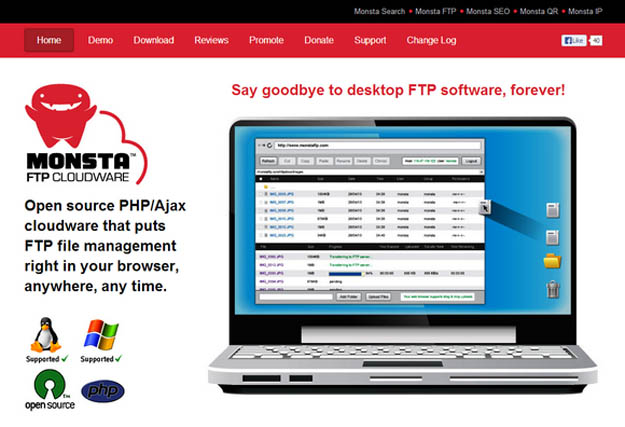
This is a File Transfer management Tool for easy transferring/uploading/ files to the browser from the desktop, In addition to the transfer the user can also change the rights of these files, can view progress of upload/download in real time, can perform multiple actions in one go, Can also edit files in the onscreen editor provided by tool this tool, Overall this tool is a great add-on. It can support browsers like Chrome, Internet Explorer, Firefox and safari.
3. Phalcon PHP
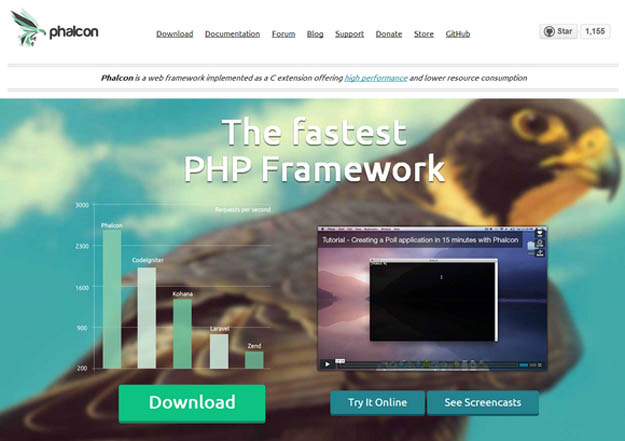
It is a C implemented framework for PHP Development offering high performance and low resource consumption. It supports Microsoft Windows OS / Mac OS since being built over with C, It has capabilities extending from events management, encryption, form validation, pagination, annotations, security implementation, asset management and CLI and many other dynamic features to make it count. It also includes template engine.
4. Pinba

It is the free high-performance real-time statistic and monitoring server for PHP with MySQL read-only interface developed for high loaded websites. It’s actually use is to discover bottlenecks in the code of real running product with ability to count errors, warnings, overall execution time and other important data. It produces two types of reports: common data like execution time of every script, CPU and memory consumption, transferred data size, etc.; users counters data, which can be places anywhere in the code of PHP product.
5. CaseBox
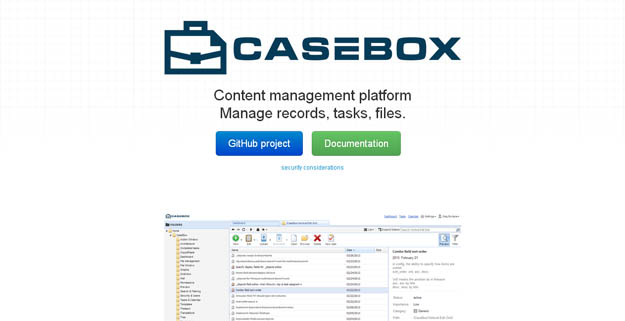
It is a tool used for making content management Systems using file , content and task management components ,It allows you to define complex content types linked to your business logic with capabilities ranging from full text search , filtering , file and task management features which help managing content together and providing customised content management solutions.
6. Munee
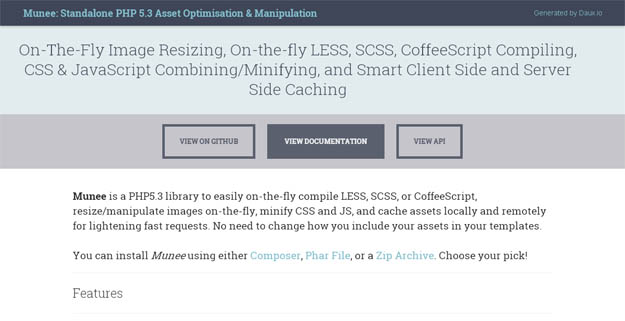
It is a tool used for optimizing and manipulating website assets by caching assets locally and remotely for lightning fast requests. Its tasks include easily on-the-fly compile LESS, SCSS, or Coffee Script, resize/manipulate images on-the-fly, and minify CSS and JS. It is also used to save on bandwidth by minifying CSS and JavaScript optionally.
7. PHPImageworkshop
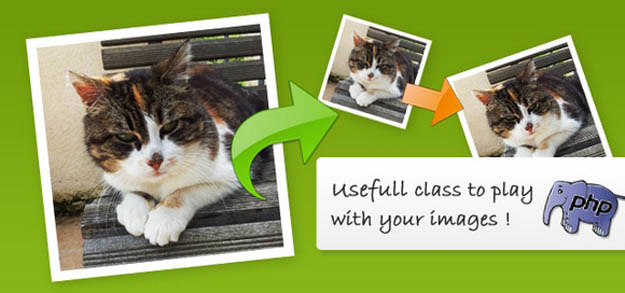
Over PHP, It is an image management tool for performing tasks like creating thumbnails or pasting watermarks and to do more complex tasks (multiple super-impositions, images positioning…Etc.). Also, pasting an image (or multiple) on another one, cropping, moving, resizing, rotating, superposing, writing text around are some other tasks that it can perform.
8. Sylius
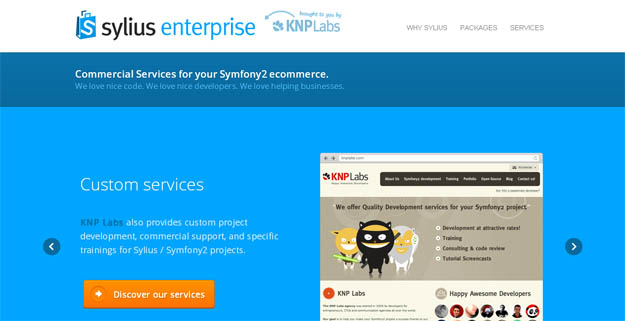
It is an open source e-commerce solution for PHP, based on the Symfony2 framework, It is created from fully decoupled components (bundles in Symfony2 glossary)with all the features like product catalog , shipping engine, promotion systems which could be used in any other application, which includes phpsec ( PHP design by specification and behat ( for testing business expectations)
9. PhpMyFAQ
It is a multilingual, database-driven FAQ-system. It supports various databases and PHP 5.2 (or higher). PhpMyFAQ also offers a multi-language Content Management-System with a WYSIWYG editor and an Image Manager, flexible multi-user support with user and group based permissions, templates, PDF-support, Facebook and Twitter support, LDAP and Microsoft Active Directory support and an easy to use installation script.
10. Pico
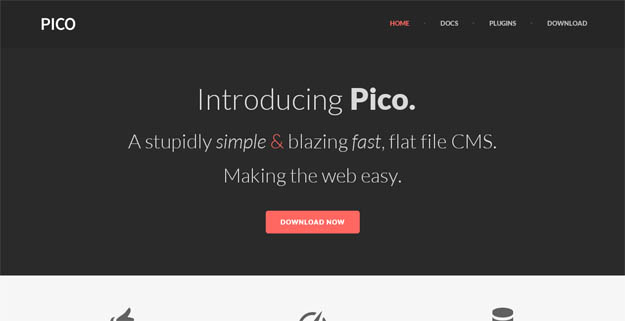
It is a flat file content management system with no overheads of administration backend and database to deal with; it just uses flat files like md5 files which become the page in content folder.

